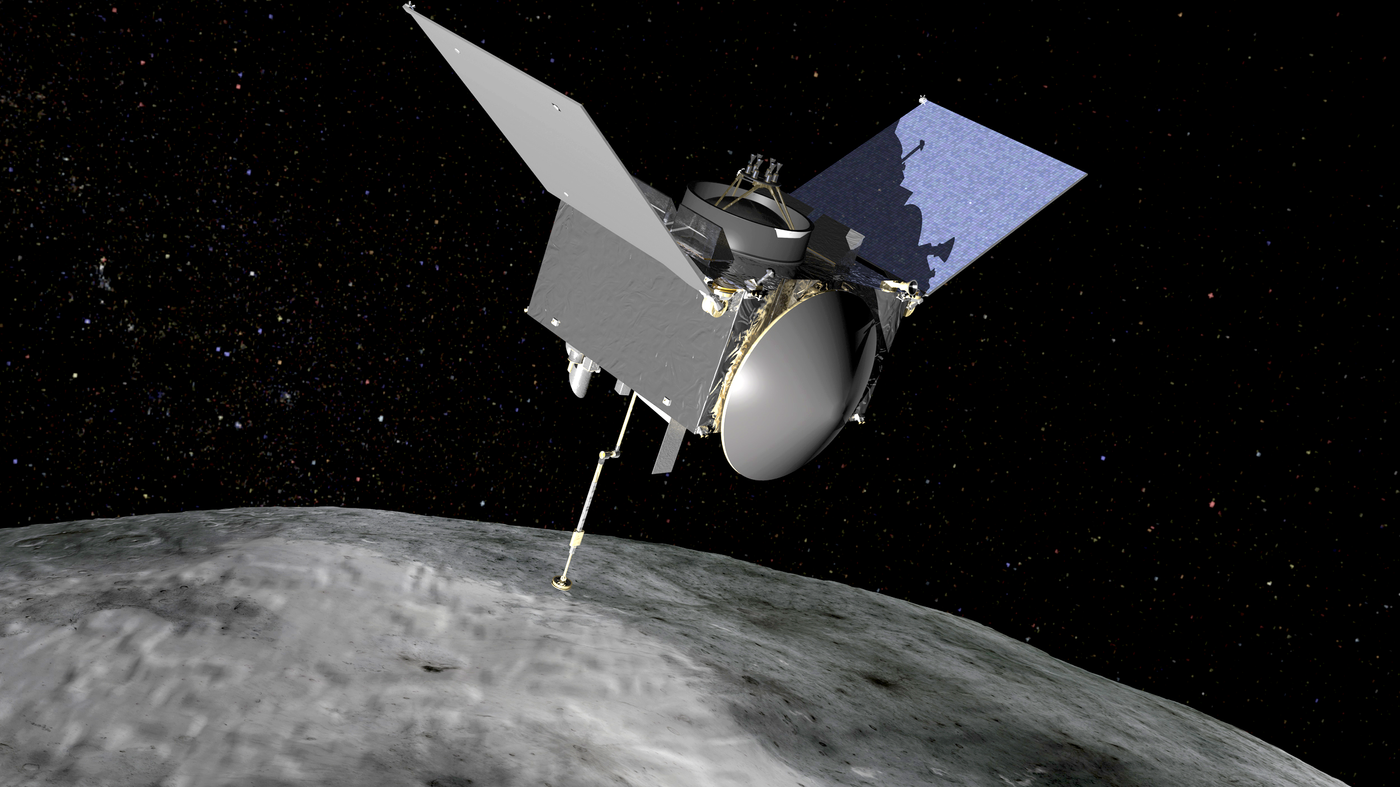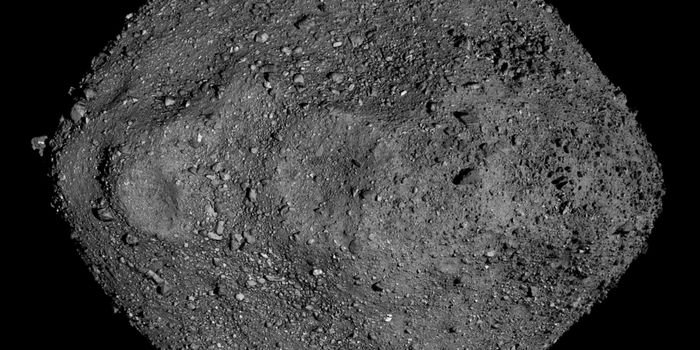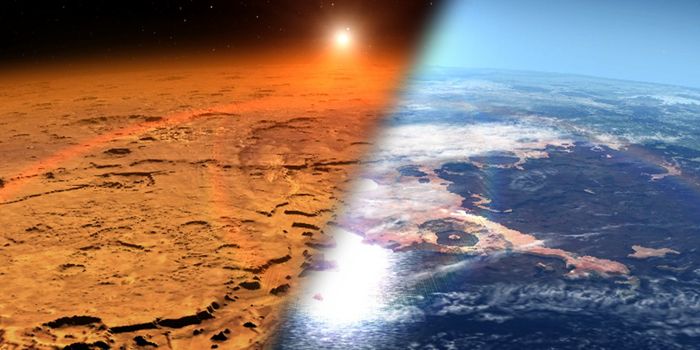NASA's OSIRIS-REx Probe to Fly Past the Earth
NASA launched its Origins, Spectral Interpretation, Resource Identification, Security-Regolith Explorer (OSIRIS-REx) mission almost exactly one year ago to study a peculiar asteroid named Bennu.
Image Credit: NASA
If you don’t already know, Bennu is of interest to astronomers because it threatens to collide with Earth sometime between the years 2175 and 2199. Moreover, it holds secrets about the early solar system that could help us understand the origins of life. OSIRIS-REx is the first mission of its kind to attempt rendezvousing with an asteroid and return samples of it to Earth for analysis.
To do that, NASA will test an experimental method of disturbing the asteroid’s surface with an onboard robotic arm, and then the spacecraft will collect samples of the airborne dust that will ensue. NASA aims to obtain anywhere between 2 ounces and 4.4 pounds of material from the mission.
So, what’s all the sudden hubbub about OSIRIS-REx almost one year after its launch? – According to the NASA, the probe is set to fly past the Earth within 11,000 miles of its surface on Friday, September 22nd around 12:52 P.M. Eastern time.
The probe, which will be traveling over 19,000 miles per hour as it approaches Earth, will first fly over Australia; but it won’t make its closest approach to the Earth’s surface until it’s over Antarctica.
For a short period while over Antarctica, NASA will lose contact with the probe because it will be out of the line of sight of the space agency’s communication platforms.
“For about an hour, NASA will be out of contact with the spacecraft as it passes over Antarctica,” said Mike Moreau, the flight dynamics system lead at Goddard.
“OSIRIS-REx uses the Deep Space Network to communicate with Earth, and the spacecraft will be too low relative to the southern horizon to be in view with either the Deep Space tracking station at Canberra, Australia, or Goldstone, California.”
Related: In terms of asteroid collisions, size really does matter
The maneuver, dubbed Earth gravitational assist, works much like a gravitational slingshot. It will steal momentum from the Earth to help OSIRIS-REx achieve the proper alignment and velocity to catch up with Bennu by 2020.
NASA also says the probe will move through an area littered with satellites orbiting our planet, but they’ve taken extra precautions to ensure the probe isn’t damaged. Soon after the flyby, when NASA gets in touch with OSIRIS-REx again, the space agency will perform a checkup on the probe to make sure it’s in good health.
During the event, NASA encourages onlookers to take selfies of themselves “waving” to OSIRIS-REx and sharing their moment on social media with the hashtag #HelloOSIRISREx. Oh, and don’t forget to tag the space agency’s official OSIRIS-REx accounts; those are @OSIRISREx on Twitter and @OSIRIS_REx on Instagram.
After today, it’ll be a while before we hear about OSIRIS-REx doing something spectacular again, but it will perform another gravitational assist maneuver further into our solar system next year before approaching its asteroid-based target.
Source: NASA via New York Times









